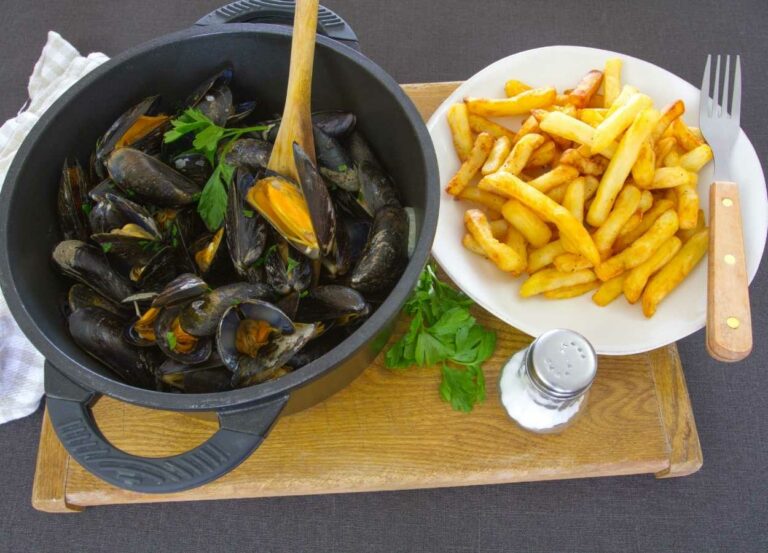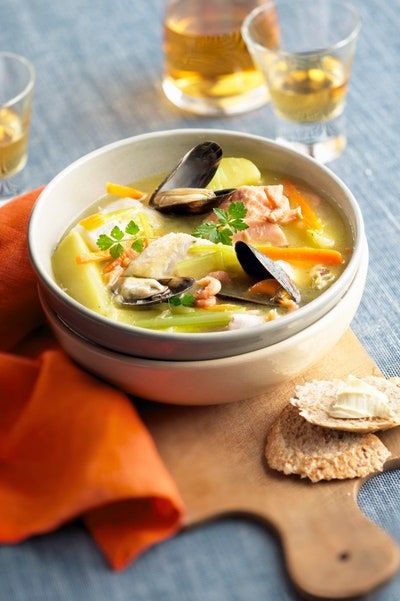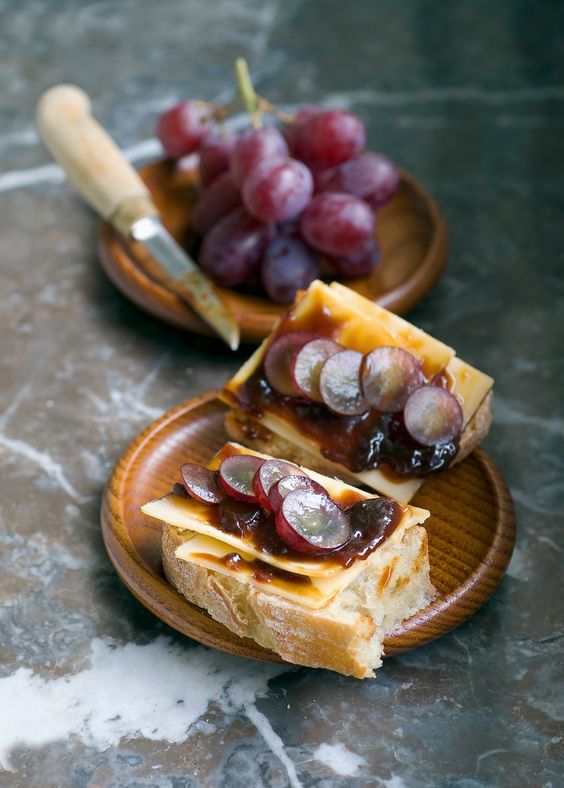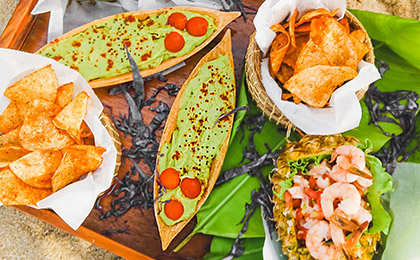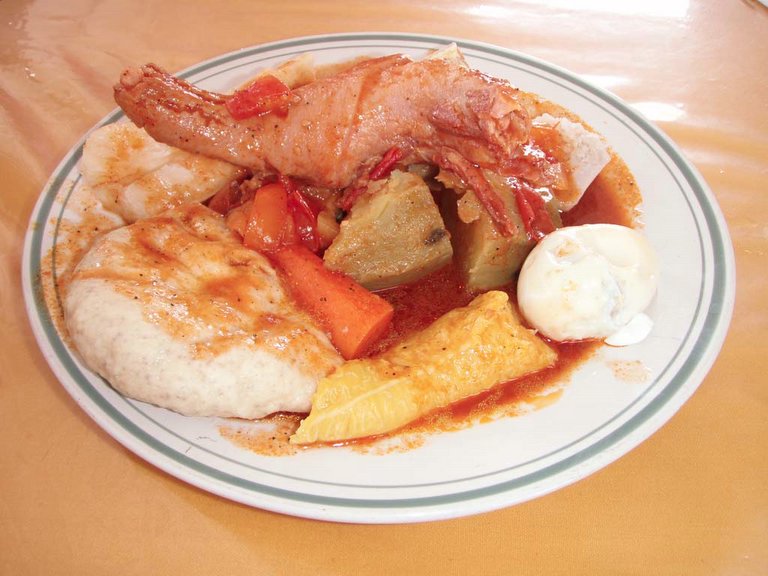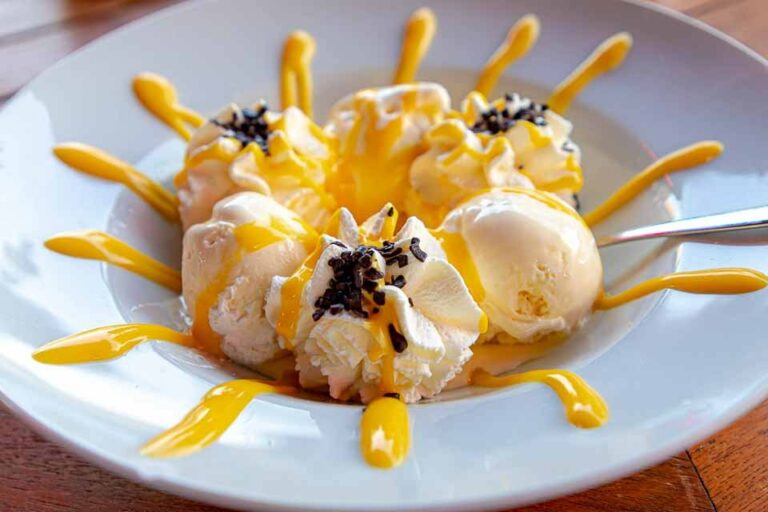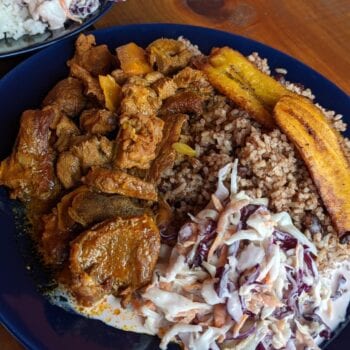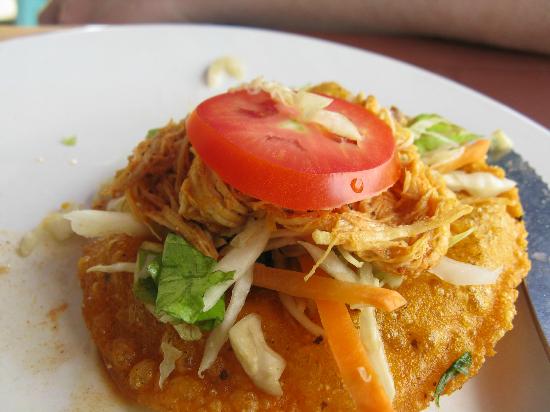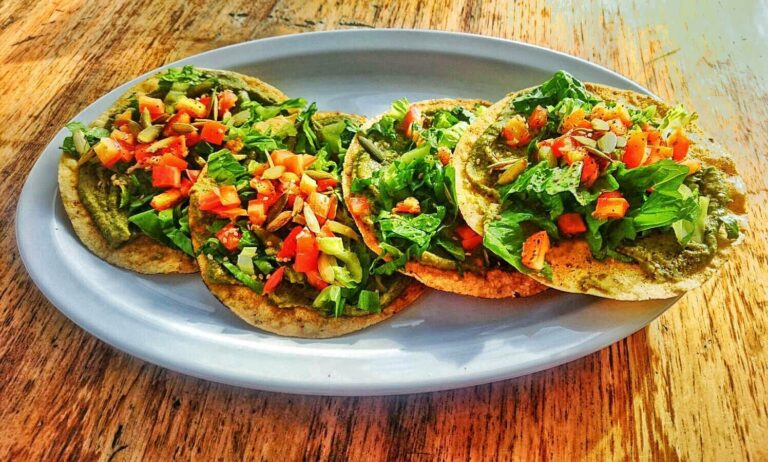Introduction: Belgian Bread
Belgium is renowned for its waffles, fries, chocolate, and beer. However, the country’s cuisine is not complete without its various bread varieties. Belgian bread is a staple food that has been a part of the country’s culinary tradition for centuries. From the traditional bread varieties to the modern trends and innovations, Belgian bread has a rich history and a unique taste.
The Origins of Belgian Bread
The history of Belgian bread dates back to the Middle Ages when bread was a primary food source for the population. The country’s fertile soil and favorable climate made it an ideal location for cultivating wheat, rye, and other grains. The bakers of the time used traditional methods, such as sourdough fermentation and stone-ground flour, to make the bread. Over the years, Belgian bread has evolved, but the traditional methods and ingredients are still used by many bakers today.
What Makes Belgian Bread Unique?
Belgian bread is known for its crusty texture and rich flavor. The bread is made using high-quality ingredients, such as locally sourced flour, natural yeast, and artisanal salt. The traditional methods of baking, such as stone-ground flour and sourdough fermentation, give the bread its unique taste and texture. Belgian bread is also renowned for its variety, with different regions and bakeries creating their own unique bread varieties.
Traditional Belgian Bread Varieties
Belgium is home to a wide range of traditional bread varieties. Some of the most popular include:
Rye Bread: A Belgian Staple
Rye bread is a staple in Belgian cuisine. It is made using a combination of rye and wheat flour, which gives the bread its distinctive flavor and texture. Rye bread is often served with cheese, butter, or cured meats, making it a popular choice for breakfast or lunch.
Sourdough Bread: A Belgian Classic
Sourdough bread is another classic Belgian bread variety. It is made using a naturally fermented dough, which gives the bread its sour taste and chewy texture. Sourdough bread is often served with soup or used to make sandwiches.
Sweet Bread: A Belgian Delight
Belgium is famous for its sweet bread varieties. The most popular is the brioche, a rich, buttery bread that is often served with jam or used to make French toast. Other sweet bread varieties include raisin bread, honey bread, and cinnamon bread.
Modern Belgian Bread Trends and Innovations
While traditional Belgian bread varieties are still popular, many bakers are experimenting with new techniques and flavors. The use of ancient grains, such as spelt and emmer, is becoming more common, as is the use of natural sweeteners like honey and maple syrup. Modern baking techniques, such as steam injection and temperature-controlled proofing, are also being used to create new and innovative bread varieties.

